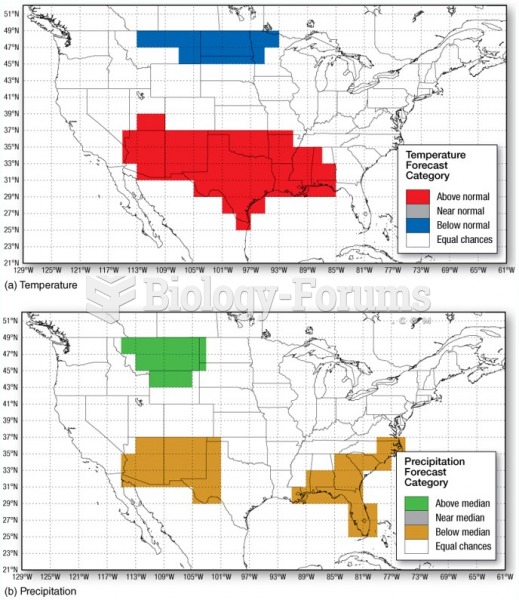Answer to Question 1
C
Feedback
A Incorrect. A slight decreased sensation in the foot and toes of the casted leg as compared to the baseline assessment data is not a normal condition.
B Incorrect. A slight decreased sensation in the foot and toes of the casted leg as compared to the baseline assessment data is not indicative of pain that competes for recognition with sensation in the pain gateway theory.
C Correct. A slight decreased sensation in the foot and toes of the casted leg as compared to the baseline assessment data is indicative of neurovascular compromise and an indication of the need for further assessment.
D Incorrect. A slight decreased sensation in the foot and toes of the casted leg as compared to the baseline assessment data is not indicative of probable interrater reliability error calling for establishment of a new baseline.
Answer to Question 2
D
Feedback
A Incorrect. The rationale for the nurse's action is not to decrease the child's focus on pain. Musculoskeletal pain is one of the most severe types of pain, and should be managed with appropriate pain medications.
B Incorrect. The rationale for the nurse's action is not to build a support system for the child and caregivers.
C Incorrect. The primary rationale for the nurse's action is not to reduce boredom, yet boredom is a problem for the child who is immobilized.
D Correct. Children who are confined in a hospital room and whose mobility is restricted often experience sensory deprivation and social isolation. Encouraging the caregivers of a child immobilized in traction to have friends and extended family visit helps prevent these problems.







